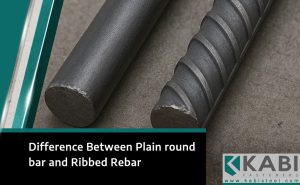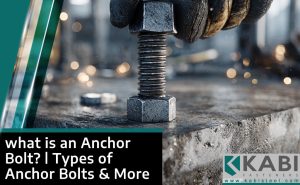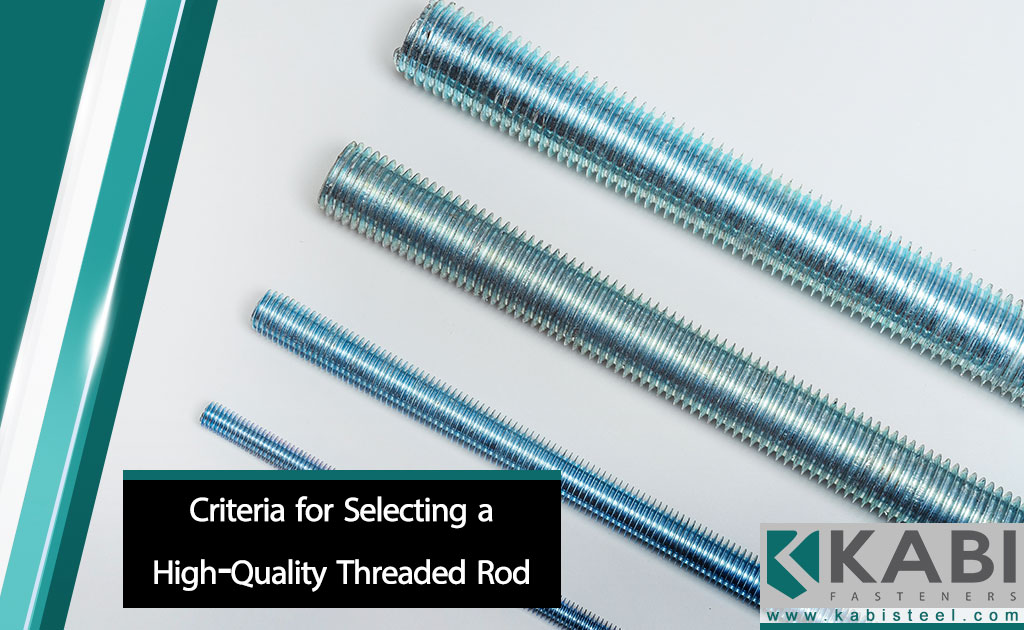Introduction
Choosing a high-quality threaded rod is crucial for ensuring the reliability and longevity of construction and mechanical projects. Threaded rods, also known as studs or stud bolts, are widely used in various applications, including construction, manufacturing, and automotive industries. These rods play a pivotal role in providing structural integrity and support, making the selection process a critical step. This article delves into the essential criteria for selecting a high-quality threaded rod, emphasizing the importance of material choice, manufacturing standards, and overall performance.
Definition and Basic Uses Threaded rod
Threaded rods are long, cylindrical metal bars with continuous threading along their length. They are designed to be used in tension applications, where they are typically inserted through materials and fastened with nuts. The versatility of threaded rods makes them suitable for a wide range of uses, from hanging fixtures to acting as support beams in large structures.
- Full-Threaded Rods: These rods have threading along their entire length, providing maximum grip and adjustability.
- Double-Ended Threaded Rods: Threading is present at both ends of the rod, with the central part left plain. These are often used where nuts are required at both ends.
- Metric Threaded rod
- One side Threaded rod
- Two side Threaded rod
- Inch Threaded rod
Common Materials Used
- Steel: The most common material for threaded rods, available in various forms such as plain, zinc-plated, and galvanized steel.
- Stainless Steel: Known for its excellent corrosion resistance and strength, making it ideal for harsh environments.
- Brass: Offers good corrosion resistance and electrical conductivity, suitable for certain specialized applications.
- Aluminum: Lightweight and resistant to corrosion, but not as strong as steel or stainless steel.
Pros and Cons of Each Material
- Steel:
- Pros: High strength, widely available, cost-effective.
- Cons: Prone to rust without proper coating.
- Stainless Steel:
- Pros: High corrosion resistance, durable.
- Cons: More expensive than plain steel.
- Brass:
- Pros: Corrosion-resistant, non-sparking.
- Cons: Lower strength compared to steel and stainless steel.
- Aluminum:
- Pros: Lightweight, corrosion-resistant.
- Cons: Lower strength, can be more expensive than steel.
Strength and Durability
Tensile Strength The tensile strength of a threaded rod is a measure of the maximum load it can withstand while being stretched or pulled before breaking. High tensile strength is essential for applications requiring significant load-bearing capacity.
Yield Strength Yield strength indicates the amount of stress at which a material begins to deform plastically. Selecting a threaded rod with an appropriate yield strength ensures it can handle the expected load without permanent deformation.
Corrosion Resistance Corrosion resistance is critical, especially for rods used in outdoor or marine environments. Materials like stainless steel or rods with protective coatings like galvanization offer better resistance to rust and corrosion.
Impact Resistance Impact resistance refers to a material’s ability to withstand sudden or shock loads. This is particularly important in dynamic applications where the rod may be subject to abrupt forces.
Manufacturing Standards and Specifications
Importance of Standards Adhering to recognized manufacturing standards ensures that threaded rods meet specific performance and quality criteria. This is crucial for safety and reliability in construction and industrial applications.
How to Verify Compliance
- Verifying compliance with these standards involves checking certifications, material test reports, and ensuring the supplier follows rigorous quality control processes.
Importance of Precise Threading
- Precise threading is vital for ensuring a secure fit and reliable performance. Poorly threaded rods can lead to mechanical failures and safety hazards.
Types of Coatings and Finishes
- Galvanized: Offers robust corrosion resistance through a layer of zinc coating.
- Zinc-Plated: Provides basic corrosion resistance and is cost-effective.
- Others: Includes options like black oxide or polymer coatings for specific environmental conditions.
Benefits of Coatings and Finishes
- Coatings and finishes enhance the durability and lifespan of threaded rods, especially in corrosive environments. They also improve the aesthetic appearance and can provide additional mechanical properties like wear resistance.
Cost Considerations
-
Balancing Cost and Quality While high-quality materials and manufacturing standards may increase the initial cost of threaded rods, they often result in better performance and longer service life, reducing long-term costs.
Long-Term vs. Short-Term Cost Implications Investing in high-quality threaded rods can lead to cost savings over time by reducing maintenance, replacements, and potential failure costs.
Supplier Reliability
Criteria for Choosing a Reliable Supplier Reliable suppliers should have a track record of consistency, adherence to standards, and positive customer feedback. Certifications and industry reputation are good indicators of reliability.
Importance of Certifications and Past Performance Suppliers with certifications from recognized bodies and a history of successful projects provide assurance of quality and reliability.







